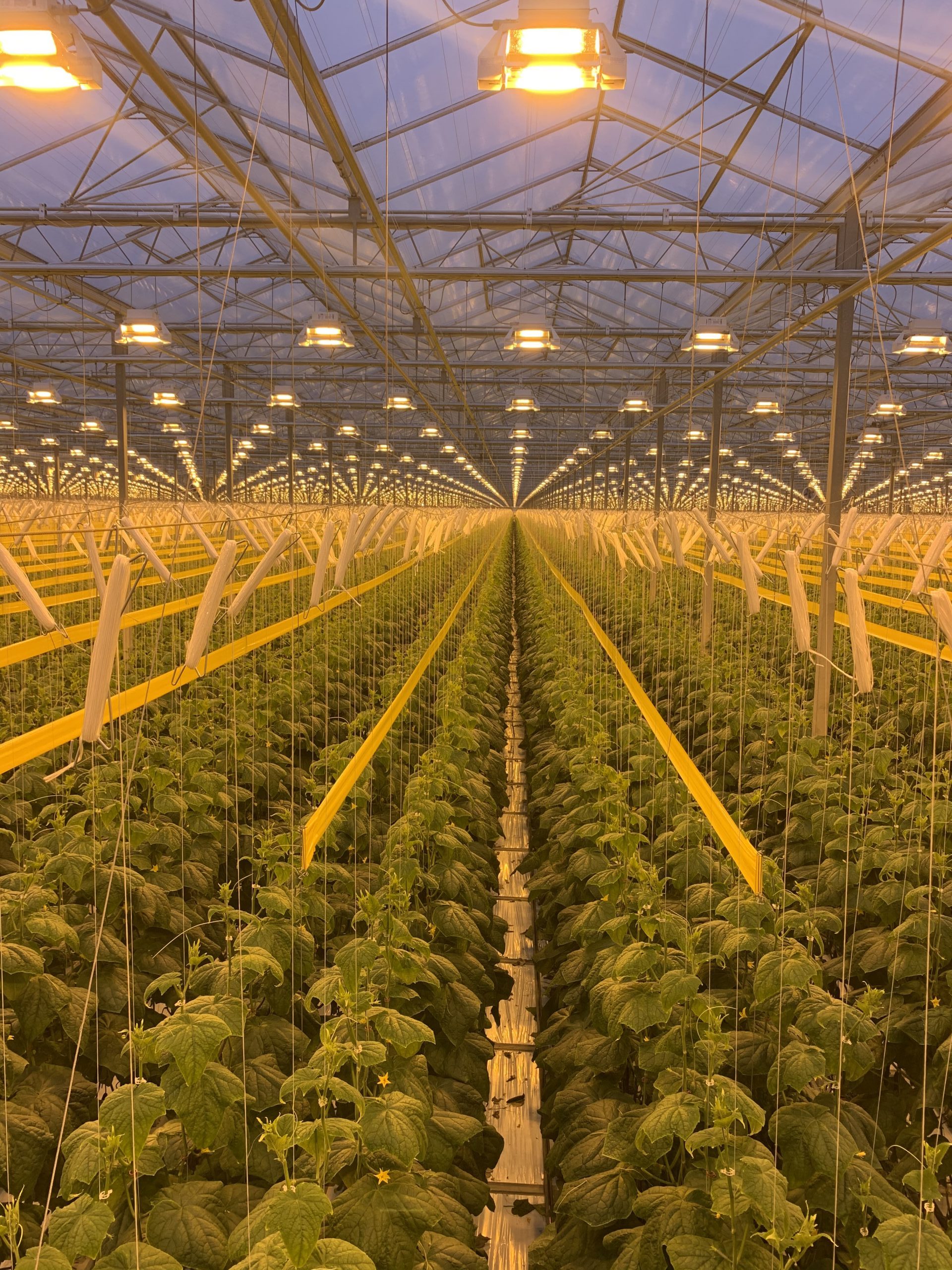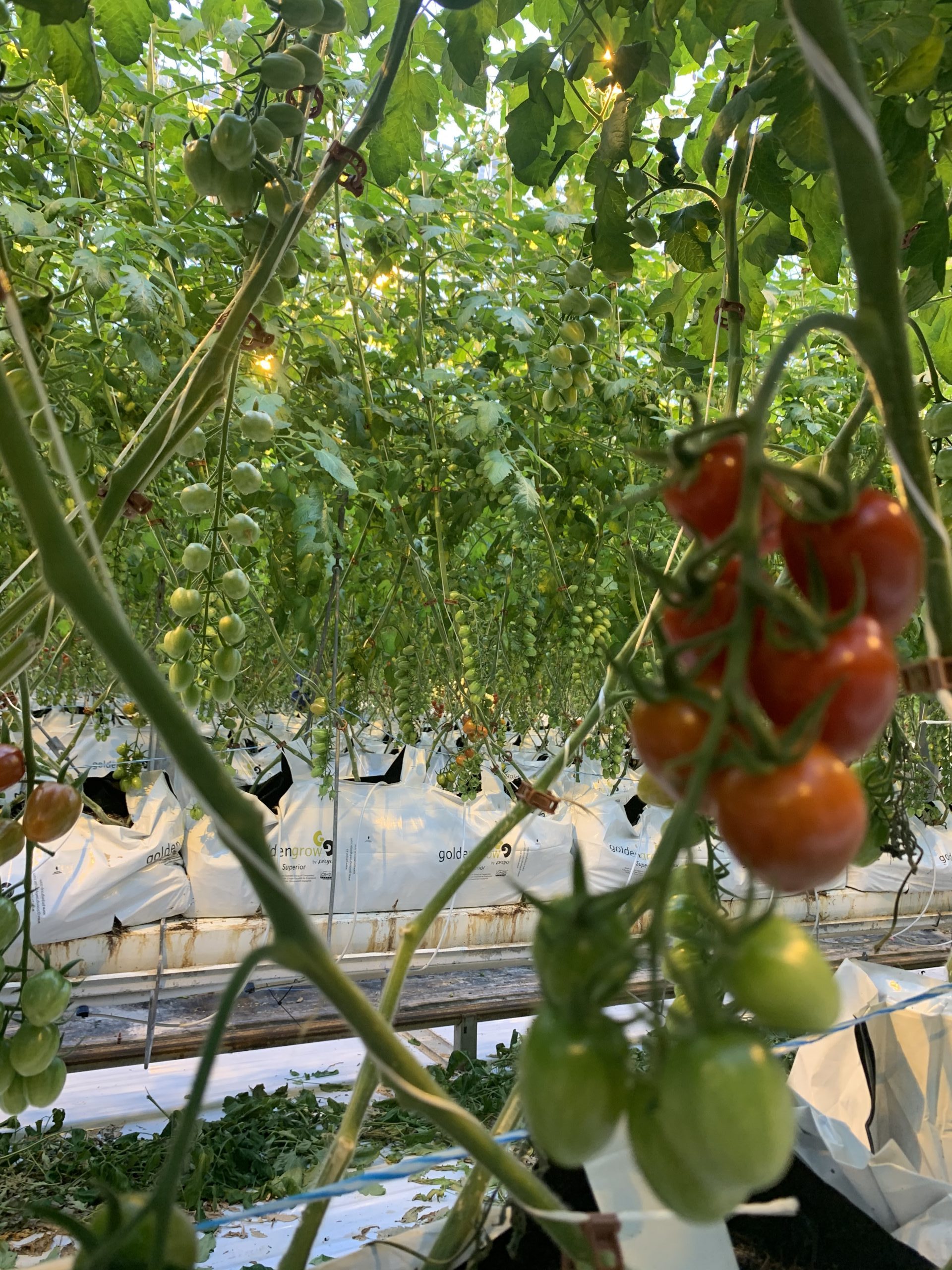
Jamie Mastronardi has been in the greenhouse business for 35 years. He grew up on the farm he now owns and leads. For him, energy is at the heart of the changes taking place across his rapidly expanding industry. “We now know a lot about how to set optimal light, temperature and humidity levels to benefit our crops. Energy use is key to balancing the greenhouse environment while also saving costs,” he says.
For Mastronardi, President of Jem Farms, the availability of electrical grid infrastructure near their Ruthven, Ontario facility has meant a big change in their operations. In 2019, they were finally able to add supplemental lighting for year round production. “We can now provide the plants with adequate light levels to thrive during the winter months.”
Greenhouse growers have come a long way in understanding the biophysical mechanisms that support plant growth. To take advantage of that new knowledge, growers must pay closer attention to the climate they create inside their buildings. Energy use is at the heart of that rethink.

As an example, Mastronardi cites aggressive supplemental lighting and too much energy for humidity removal. That kind of energy use can actually cause plants to transpire more. By giving off more water, the plants introduce more humidity into the growing environment. The more humidity there is in the greenhouse, the more difficult it is for the plants to consume water with the nutrients required for increased production. Mastronardi says he came to the realization that using energy for humidity removal had to be their last resort.
Jem Farms employs a multitude of sensors to monitor the energy use required for their 28 acres of greenhouse production. Technology helps them make the best decisions for their crop, by making the best decisions for their energy consumption. “Increased data from our use of specialized sensors and the automation of this data has helped us surpass our production goals,” he said.
Greenhouse operators are constantly under pressure to reduce operating costs. Continually cutting costs to remain competitive and to improve operations, is their concern every single day. For Jamie Mastronardi, that means being smart about how and when their family run business draws energy from the grid.
Avoiding peak electricity costs is a critical issue for all greenhouse growers, but especially those in Ontario where the penalties for on-peak electricity use can have major impacts on the bottom line. Mastronardi credits 360 Energy for helping them successfully navigate energy markets for procurement and for reducing their regulatory costs.

Both of Jamie Mastronardi’s two sons are now actively involved in day to day operations. The entire family take great pride from retailers requesting their Jem Farms products because consumers value their quality and taste. They love meeting the challenge of maximising production while ensuring quality and taste/flavour. “We can provide quality products year-round, thanks to our efforts in managing energy in our operations”, he says.
Jamie Mastronardi gets fulfillment from constantly getting closer to the perfect production cycle. “We select the right variety, plant it at the right time of year, and provide it with the optimal light, temperature and humidity levels, so that the consumer may enjoy. When all of these align, we have reached our goals. By being well informed on energy use, Jem Farms will continue satisfying our customers well into the future.”












